Topics:
Never Miss a Beat - Get Updates Direct to Your Inbox
FILTER:
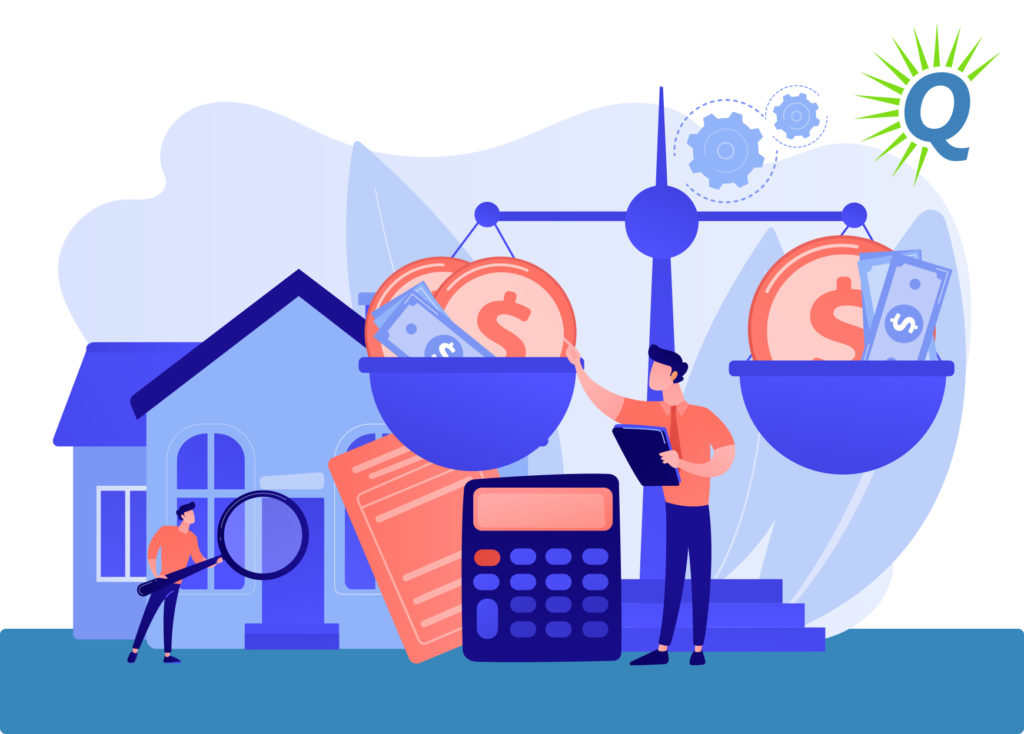

Valuation Multiples for SaaS Companies
By Quiet Light


If you’re thinking, “should I sell my SaaS business?” it’s critical that you understand how the valuation process works. Not surpising, valuation multiples play an important role in determining its value. If you list your business at a price that is above its true value, potential buyers will pass you by. If you list it too low, you’ll likely shortchange yourself, potentially by a significant amount.
One of the most important factors in determining a business’s value is the multiple. While it’s always advisable to consult with a qualified advisor when calculating the multiple and doing a valuation, it’s also a wise idea to gain an overview understanding of how the process works. This article will help you to achieve exactly that.
Importance of SaaS Company Multiples
Whether you’re preparing to sell or you’re interested in buying a business, understanding the importance of the multiple in the valuation process is essential for making sound decisions when navigating the marketplace.
As for all companies, the multiple is a crucial variable in the process of determining a business’s value. Before delving into how they’re calculated, it’s important to understand the overall framework of the valuation process.
Most small online businesses (<15MM) are valued based on two critical numbers. These are Seller’s Discretionary Earnings (SDE) and the multiple. Therefore, it’s easy to see that the multiple plays a significant role in business valuation.


Seller’s Discretionary Earnings
SDE is the annual net profit of the business after adjustments are made for the owner’s discretionary expenses or other one-time costs that will likely not be incurred again in the future. In other words, it is the total amount of money a single owner can expect to make each year by running business.
For example, let’s say a business’s expenses add up to $100,000 but $30,000 of those are for the owner’s travel expenses. Those costs would be considered discretionary and would be added to the net profit to arrive at the SDE. This is because traveling occurred at the owner’s discretion. The new owner could easily run the business without incurring such expenses.
In many other business models, such as eCommerce, we typically look at the trailing twelve months to calculate SDE. However, with fast-growing SaaS companies, it can also be appropriate to use a shorter range. Sometimes, we use the last six, three, or even two months to create an annual SDE estimate.
Although there is certainly a lot involved in calculating the SDE, it is a relatively straightforward process that is based on the business’s income statements. Once determined, it’s time to apply the multiple.
Simply put, the multiple is a number used to multiply SDE by to determine the business’s value. Obviously, this means that having a high multiple is critical selling at a desirable price.
Let’s use an example to illustrate the significance of the multiple in the valuation process. Let’s say that you own a SaaS business that has an SDE of $500,000. If the business is valued at a 3X multiple, then your SaaS company valuation will be 1.5 million ($500,000 x 3 = 1.5MM).
The Impact of the Multiple
Now, let’s say that the same SaaS business is valued at a 5X multiple (with the same SDE). With this change, the same SaaS business will be worth 2.5 million dollars. Essentially, the SaaS founders in the second scenario will receive 60% more upon exit. That’s an entire million dollars in additional compensation compared to the first scenario. Keep in mind, the two companies have the same SDE.
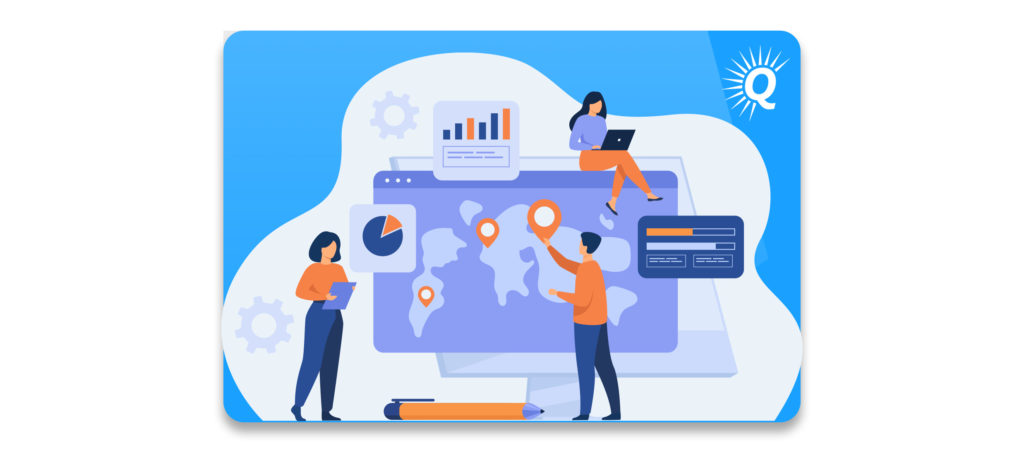

Most SaaS companies are valued based on a three to five X multiple, with the median being right around 4X. Given the immense importance of the multiple, many entrepreneurs like to understand the variables involved in the valuation process before they even start a business.
How to Calculate Multiples for SaaS Companies
There are four general areas (the Four Pillars of Value) we look at when determining a business’s value. Within each are several specific factors that are important. In this section, we’ll focus on the general Four Pillars, and in the following two sections we’ll dive into the specifics.
The Four Pillars of Value are:
- Growth
- Risk
- Transferability
- Documentation
Growth
Of course, every buyer hopes that their newly acquired business will keep growing. In fact, many buyers only want to buy a business that they believe has the potential to become something much greater than where it’s currently at. Therefore, a company’s prospects for growth will play a significant role in determining the multiple.
There are many different metrics for growth. A few common growth metrics include:
- Number of users (for software)
- Revenue growth
- Market share growth
- Recurring revenue growth
- Growth in gross profitability
Risk
The next area that valuation formulas consider is risk. The perceived stability of your business plays a significant role in its valuation.
There are many factors that contribute to a business’s level of risk including the market, competition, and marketing channel diversification.
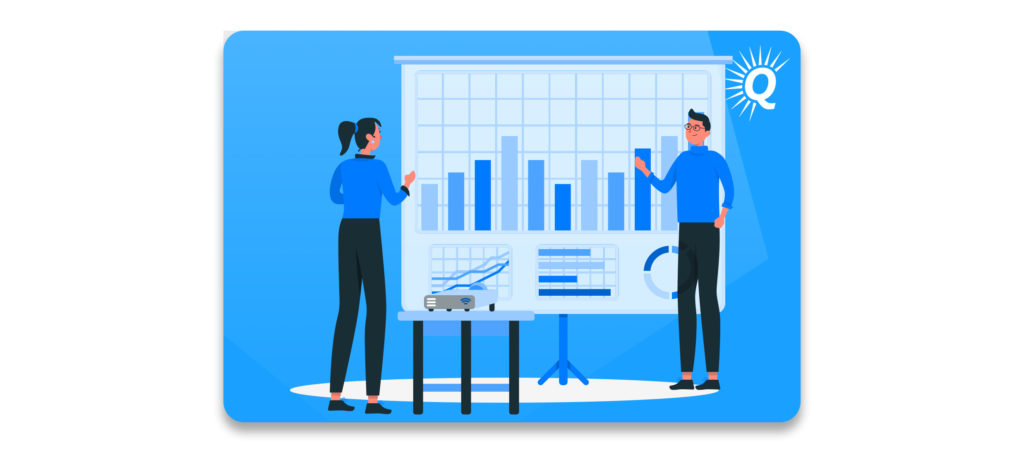

Generally, businesses that have recurring revenue are less risky since they don’t rely as heavily on continuous marketing and customer acquisition efforts for their sustained profitability. This is one of the primary reasons that software companies are often valued at a higher multiple than other businesses that aren’t able to take advantage of recurring revenue opportunities.
Transferability
Transferability refers to the ease with which a new owner could take over and run the business after the purchase. If a SaaS company has clear Standard Operating Procedures (SOPs), then it’s going to be much easier for the buyer.
On the other hand, if the business is disorganized and the founder is constantly scrambling to get everything done themselves, then it will likely be significantly more difficult for a new owner to step in and effectively grow the company. When this is the case, the business has a lower multiple.
Documentation
Documentation is pretty connected with the previous point of transferability, although there are some distinctions.
Above, we mentioned that SOPs are important for ensuring easy transferability. Without detailed records, it can be difficult for buyers to succeed. SOPs provide them with a clear roadmap of the company they’re running.
SOPs and other documentation also instill confidence in potential buyers; it shows a level of diligence and thoughtfulness that reflects very positively on the seller. In other words, if the seller has gone through the process of documenting every aspect of how the business is run, then most buyers will expect that they also applied the same approach to every aspect of building the business.
Sound documentation also provides valuable insight into the innermost details of how the business functions. Having records of the company’s various metrics allows savvy owners to make the most informed decisions possible about marketing, the business budget, product development, and more.
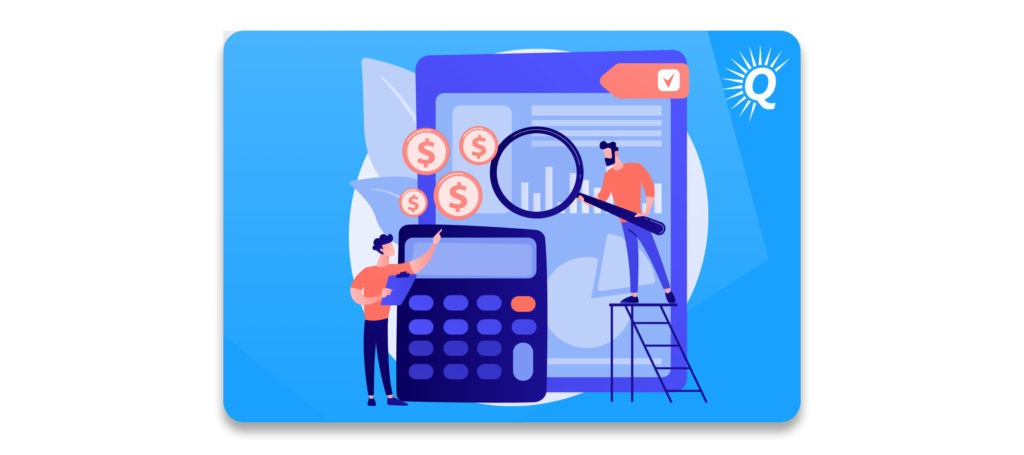

Together, these Four Pillars of Value help to determine the valuation multiple.
Factors Affecting Multiples for SaaS Companies
There are numerous factors that affect the multiple of SaaS companies. Some of the more important ones include:
- Age of the business.
- Monthly to annual plan ratio.
- Owner’s time required to run the business.
- Technical expertise required to run the business.
- Acquisition channel mix.
- Competitive positioning.
- Customer metrics.
- Growth.
- Churn.
Age of Business
In general, older businesses are generally less risky and therefore, are more valuable. Although this typically affects eCommerce businesses more than SaaS, it still is relevant in SaaS valuation as well.
You can certainly sell a business that is less than two years old. However, it will likely be worth less than one that is older. The reason is simple; younger businesses haven’t had as much time to prove their viability and competitive advantage in the marketplace.
On the other hand, those that stand the test of time instill confidence in potential buyers. If they can show three or more years of sustained growth and high customer retention, the chances are good that their offer and business model will continue working under a new owner’s leadership.
Monthly to Annual Plan Ratio
Another important SaaS valuation metric is the ratio of monthly to annual subscribers.
Monthly subscribers who generate monthly recurring revenue are generally more valuable than annual subscribers who pay a single annual fee. This is due to the constant validation and feedback that monthly subscribers provide. When you have a pool of buyers who consume your product or service each and every month, you can have a high level of confidence that you’re still on the right track.
With annual subscribers, you only have the opportunity to validate your product with those customers once every year. If there is a decrease in the demand for what you’re offering, you may not know until the annual billing cycle.
From a buyer’s perspective, annual memberships are riskier. Owners don’t know what’s going to happen to many customers six or nine months from now. With monthly recurring revenue, owners know very quickly if demand has decreased. This gives them a significant advantage for adapting accordingly.


The ideal ratio of monthly to annual subscribers is 4:1. Companies whose revenue is more heavily weighted towards annual subscribers have lower multiples.
Owner’s Involvement
The owner’s role in running the business also affects its transferability, and therefore, its multiple and value.
If a business requires constant upkeep and management from the owner, then there will be fewer entrepreneurs interested in purchasing it. On the other hand, if a business is fully automated and only requires passive management, then there will be more potential buyers available.
Specialized Knowledge Requirements
In addition to the time required by a new owner to run the business, the skills, knowledge, and necessary expertise of the buyer is also an important factor.
If a SaaS business is extremely technical and requires that the owner has specific, highly evolved skills in several areas, then there will be far fewer potential buyers who can take over the business. That will significantly reduce its transferability, and therefore, its overall value.
Conversely, if a SaaS company is relatively technically simple and doesn’t have unique requirements, then there will be more qualified buyers available. This will lead to a higher valuation multiple when the owner goes to sell.
Next, the acquisition channel mix is another key consideration that plays an important role in the valuation process.
Thinking of Selling Your Business?
Get a free, individually-tailored valuation and business-readiness assessment. Sell when you're ready. Not a minute before.
Acquision Traffic Mix
It’s common for new SaaS businesses to rely heavily on organic traffic, podcasting, and other, less scalable sources. However, if a business depends only on a few channels to acquire the majority of its customers, it will be seen as more risky and less valuable. If one channel plummets, the entire business may be in jeopardy.
Savvy owners know that it’s essential to utilize a variety of acquisition channels in order to create a more diversified mix and avoid the pitfalls of key-channel risk. PPC and affiliate partnerships are two great ways to expand into new acquisition channels and mitigate risk.
Another excellent strategy is to grow tactical integrations with other apps and software in order to place your product and service in front of more customers on other business’s platforms (integration marketing). Not only does this provide you with access to more potential customers, but it also increases the attractiveness and value of your software service.
SaaS businesses with a rich acquisition channel mix have less risk, and therefore, are typically valued at a higher multiple.
The next variable that affects the multiple and valuation is the business’s competitive positioning.
Competitive Positioning
When approaching a potential business acquisition, most buyers will conduct research to understand the business’s position in its respective market. Is the business a market leader or a follower? Is it selling a “me too” product or one that is unique?
Of course, products and services that offer a truly unique advantage are the most valuable for potential buyers. Even if the business’s revenue is currently unimpressive, you may still value it at a high multiple if buyers believe that there is a significant opportunity to market the business’s products or services on a wider scale.
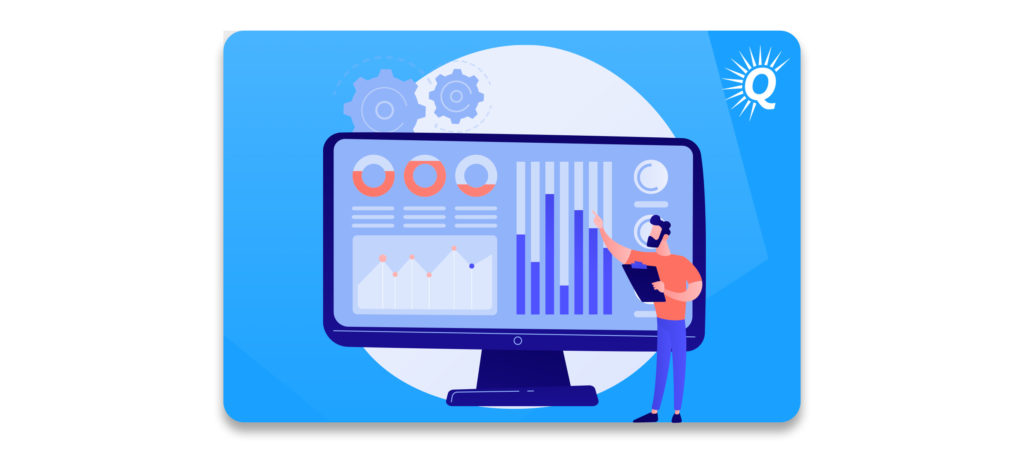

On the other hand, if a SaaS company is selling a ubiquitous service and has exhausted most of it’s marketing avenues, it will likely have a lower valuation multiple
Customer Metrics
Customer metrics play another important role in determining the valuation multiple. In addition to the business’s growth and churn rates, smart buyers will consider other key metrics.
For example, buyers will often want to see the business’s trial-to-paid conversion ratio (when applicable), customer’s average lifetime value, and customer acquisition costs. You assess each of these based on the business’s industry and customer segment. Consistent improvement and growth in each area is important for a high multiple.
The last two areas of consideration are by far the most important: growth and churn rate.
Growth and Revenue Retention in SaaS Companies
There are two critical questions that are foundational in determining the value of a SaaS business:
How quickly is the business growing? And, at what rate is the business losing customers?
The difference between the answers to these two questions reveals the fundamental trajectory of the business. Doing a valuation is all about figuring out where a business will wind up in the future. Therefore, the growth and churn rates are essential.
The growth rate is the annual rate at which the business’s revenue increases. For example, if a business does a million dollars in revenue one year and then 1.1 million dollars the next year, it has a 10% growth rate.
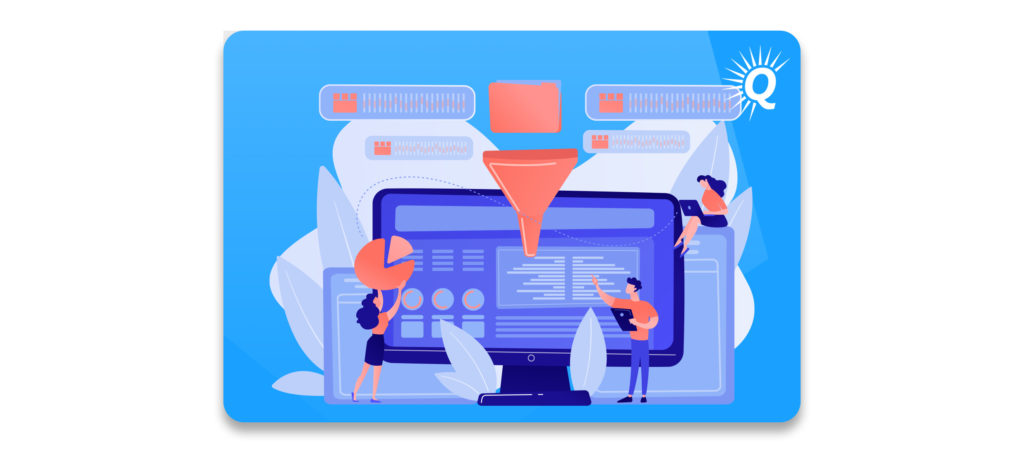

Churn Rate
In addition to the growth rate, the churn rate is one of the other SaaS metrics that buyers pay close attention to. Essentially, it is the rate at which a business is losing customers. For example, if a business loses 5% of its customers each month, it has a 5% churn rate. The churn rate is inversely correlated with the retention rate, which is the ratio of customers that continue to pay each month or year.
As common sense suggests, every business needs to have a growth rate that exceeds its churn rate in order to remain viable. A business with a high growth rate and low churn rate generally will have a high multiple. Of course, a low growth rate and high churn rate will have the opposite effect.
Given the significant importance of revenue growth, most SaaS company owners spend substantial energy and resources to grow their recurring revenue. Some of the most common growth strategies include:
- Affiliate partnerships.
- Pay-per-click advertising.
- Integration Marketing.
- Raising prices.
Affiliate Partnerships
Affiliate partnerships can be an extremely effective way to reach new audiences and grow your SaaS business. By incentivising skilled marketers and related companies, you can leverage their capacities and untap potential that you may have otherwise never been able to access on your own.
Buy a Profitable Online Business
Outsmart the startup game and check out our listings. You can request a summary on any business without any further obligation.
Pay-per-click advertising is another growth strategy that many SaaS owners are resistant to trying, but it can be absolutely necessary in many cases. PPC often takes some time to fully optimize but the ROI can be huge when employed properly.
Integration Marketing
Integration marketing utilizes the platforms of other, well-known SaaS businesses to reach new customers and lend credibility. As a consumer, if you’ve ever downloaded an app because it integrated with another app then you’ve experienced the power of integration marketing.
Drip, a leading marketing automation company for eCommerce businesses made sure that their software integrated with LeadPages and other well-known eCommerce software providers. Shazam, the music discovery and recognition app, made sure that it integrated with Spotify. Basically, integration marketing is an essential tool for any SaaS company that is seeking to grow.
Raising Prices
Lastly, raising your prices for new customers can be a simple yet effective strategy to increase revenue growth.
Many SaaS companies make arbitrary pricing decisions without really testing various price points. In some cases, SaaS businesses are able to raise their prices without detracting from their customer acquisition efforts, resulting in instant growth and increased profitability.


If you’d like to learn more about how these specific principles affect the multiple in your SaaS business, we’d love to speak with you. In addition to offering personalized, expert feedback, our team of qualified advisors can provide you with a free valuation of your business.
Our team will never pressure you into a decision. Rather, our goal is simple to provide you with the information you need so you can make the best possible choices for you and your business.





